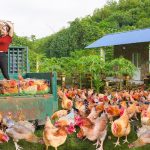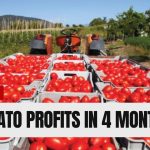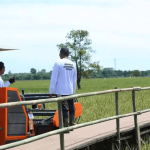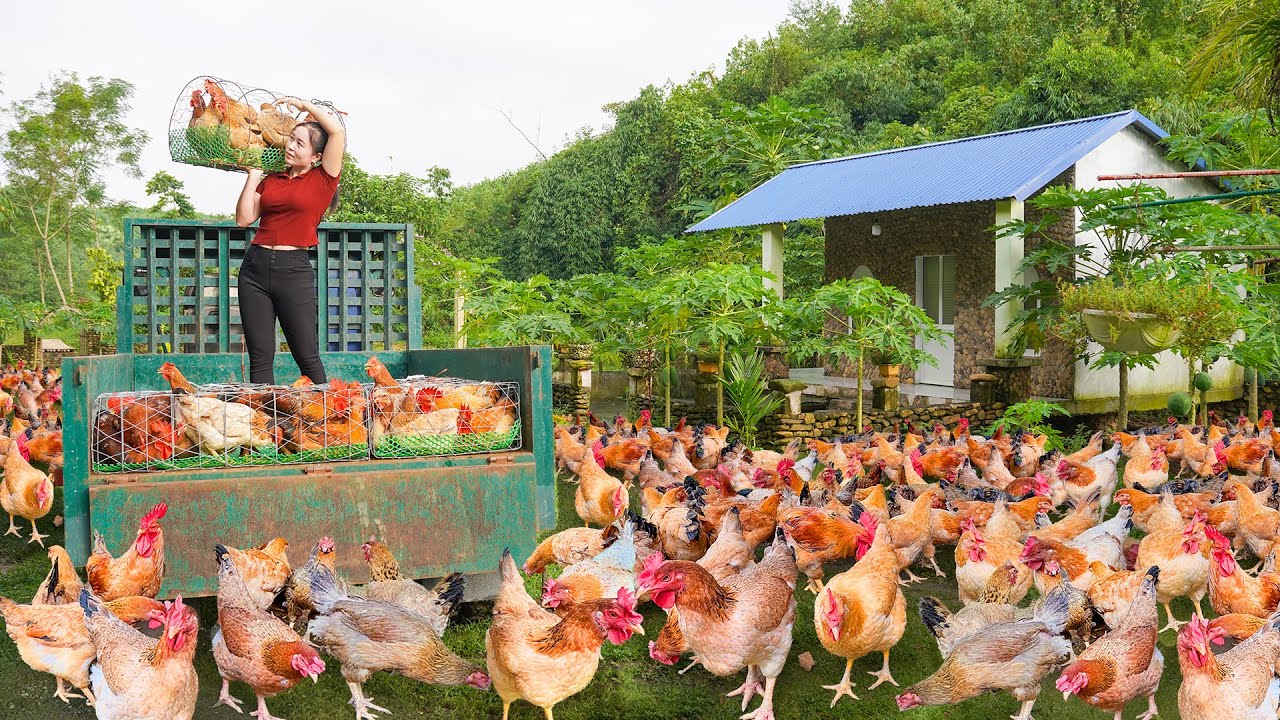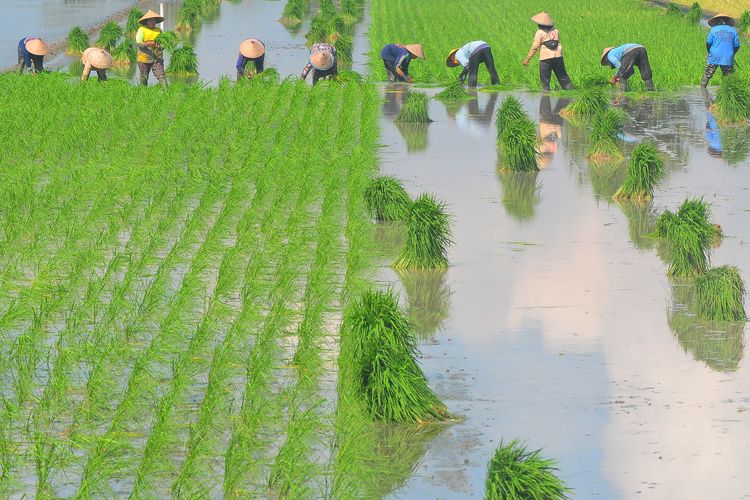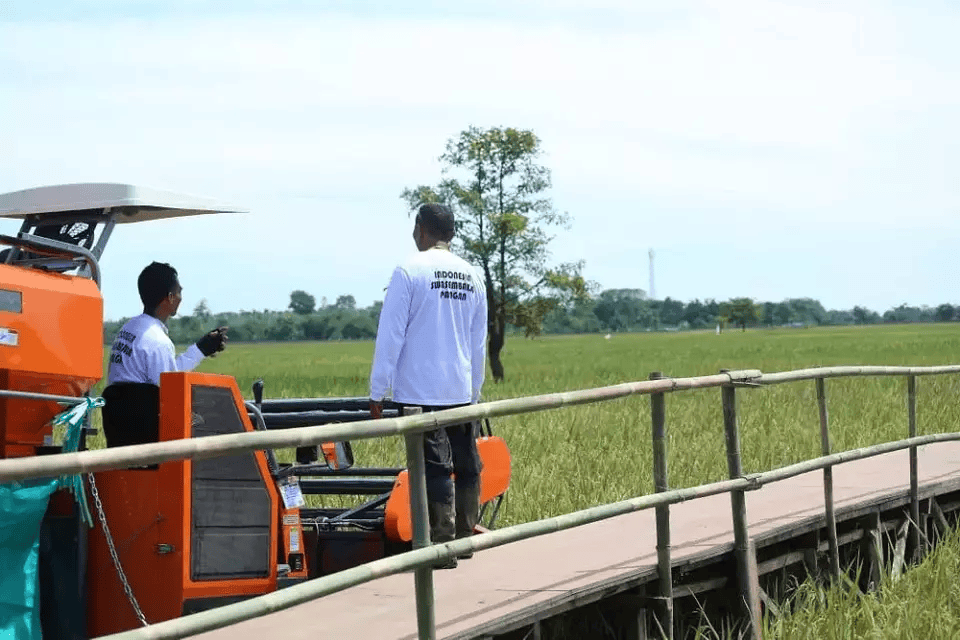Best Practices for Carbon Farming and Sequestration in Agriculture
Holistic Imperative for Agroecological Carbon Accrual
Carbon farming transcends mere carbon offset; it enshrines agronomical praxis that amplifies soil organic matter reservoirs while buttressing plant vigor. Through a symphony of biotic and abiotic interventions practitioners can convert atmospheric CO₂ into stable soil carbon pools thereby mitigating climatic perturbations and fortifying farm resilience.
Nexus of Soil Physicochemistry and Carbon Dynamics
Soils exhibit heterogenous sorption capacities driven by mineralogy, texture, and redox gradients. Clay-humus complexes offer microhabitats where labile organic compounds undergo progressive humification. Understanding pedogenic pathways empowers farmers to tailor amendments that catalyze long-term sequestration.
Socioeconomic and Environmental Consonance
Carbon credits derived from verified sequestration equip producers with supplementary revenue streams. Concurrently ecosystem services—improved water infiltration, diminished erosion, enhanced biodiversity—amplify overall agroecosystem health. Certification schemes tied to rigorous monitoring protocols ensure market integrity.
Regenerative Tillage and Its Alternatives
Traditional ploughing oxidizes soil carbon, releasing CO₂. Transitioning to reduced-till or no-till systems preserves aggregate structure.
Strip-Till and Zone Tillage
Localized soil disturbance confines residue incorporation to narrow bands optimizing seedbed preparation while maintaining protective mulch across interrows. This technique balances early crop warming with minimal carbon efflux.
Permanently Covered Soil
Living mulches—such as clover or vetch—create continuous canopy over the soil surface. These cover crops photosynthesize year-round, capture carbon, and, upon termination, deposit biomass that converts to stable organic matter.
Strategic Cover Cropping and Polyculture Designs
Intercropping emblematic of permaculture guilds enriches soil C stocks and fosters functional diversity.
Multi-Species Synthesis
Combining deep-rooted species (e.g. daikon radish) with legumes (e.g. hairy vetch) exploits stratified rhizospheres. Radish tap roots fracture compacted subsoil and translocate carbon deeper while legumes fix atmospheric nitrogen, accelerating biomass accrual.
Temporal Succession and Relay Crops
Sequential planting of cover species during fallow intervals ensures uninterrupted carbon assimilation. Relay cropping—where a second cover is sown before harvest of the primary crop—maximizes ground cover duration and cumulative root carbon inputs.
Organic Amendments and Biochar Integration
Soil amendments deliver critical carbon substrates while enhancing microbial consortia.
Compost Applications
Well-cured compost rich in lignin and humic acids supports both labile and recalcitrant carbon fractions. Applying compost at 5–10 tons per hectare annually incrementally increases soil organic carbon by up to 0.5 % per year.
Biochar Enrichment
Pyrolysis-derived biochar exhibits aromatic ring structures resistant to microbial degradation. When co-applied with compost it synergistically stabilizes labile organics, elevates cation exchange capacity, and provides habitat for beneficial microbiota.
Agroforestry and Perennial Integrations
Woody perennials sequester carbon both above-ground and within extensive root networks.
Alley Cropping Configurations
Rows of nitrogen-fixing trees (e.g. Gliricidia sepium) intercalated with annual crops deliver continuous biomass inputs. Fallen leaf litter and pruned biomass incorporate carbon into the soil first strata.
Silvopasture Modalities
Integrating forage shrubs and trees within grazing systems augments below-ground carbon while providing shade that improves livestock welfare. Root exudates from woody species fuel subterranean carbon deposition.
Precision Monitoring and Verification
Robust measurement underpins credible carbon sequestration claims.
Soil Sampling Grids
Establish geospatially referenced sampling points at multiple depths (0 – 15 cm, 15 – 30 cm, 30 – 60 cm). Analyze organic carbon content using loss-on-ignition or dry combustion methods.
Remote Sensing and Modelling
Satellite imagery coupled with machine learning algorithms can estimate biomass increments and soil moisture proxies. Integrate these data with carbon turnover models to project sequestration trajectories.
Tips and Tricks for Expert Practitioners
Tailored Carbon Input Calendars
Develop annual carbon budgets that align with crop phenology. Schedule cover crop residues incorporation just before peak microbial activity for maximum humification.
Synergistic Soil Microbiome Cultivation
Inoculate soils with consortia of mycorrhizal fungi that enhance carbon translocation into stable glomalin structures. Complement with microbial biostimulants derived from seaweed extracts to invigorate soil biota.
Adaptive Management via Phased Trials
Implement small-scale pilot plots to compare carbon accrual under different cropping sequences or amendment rates. Use results to refine province-specific best practice protocols.
